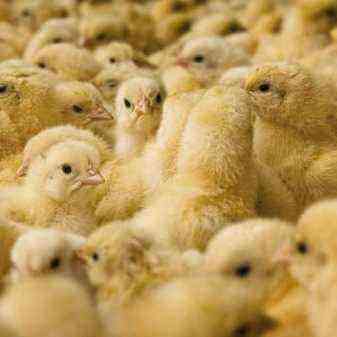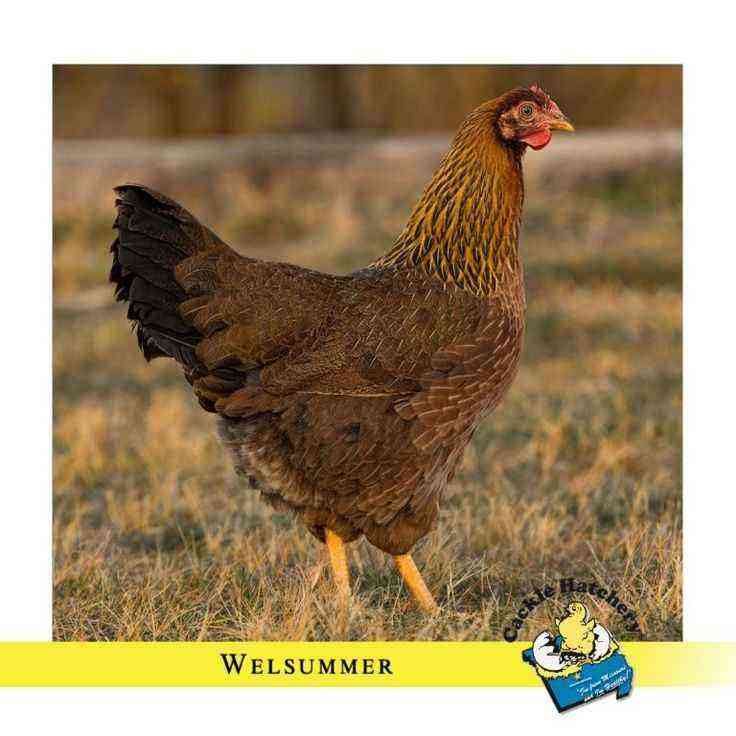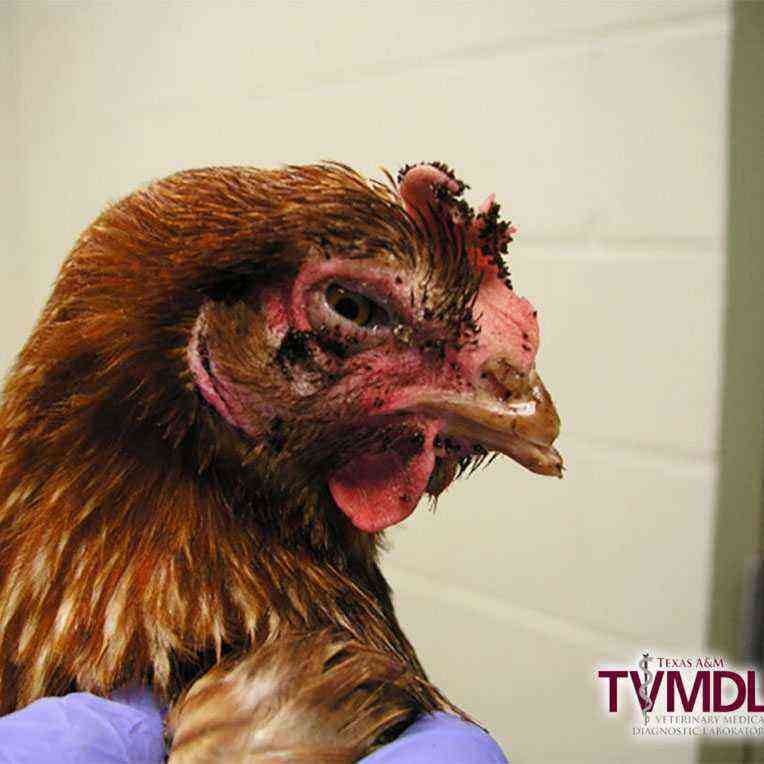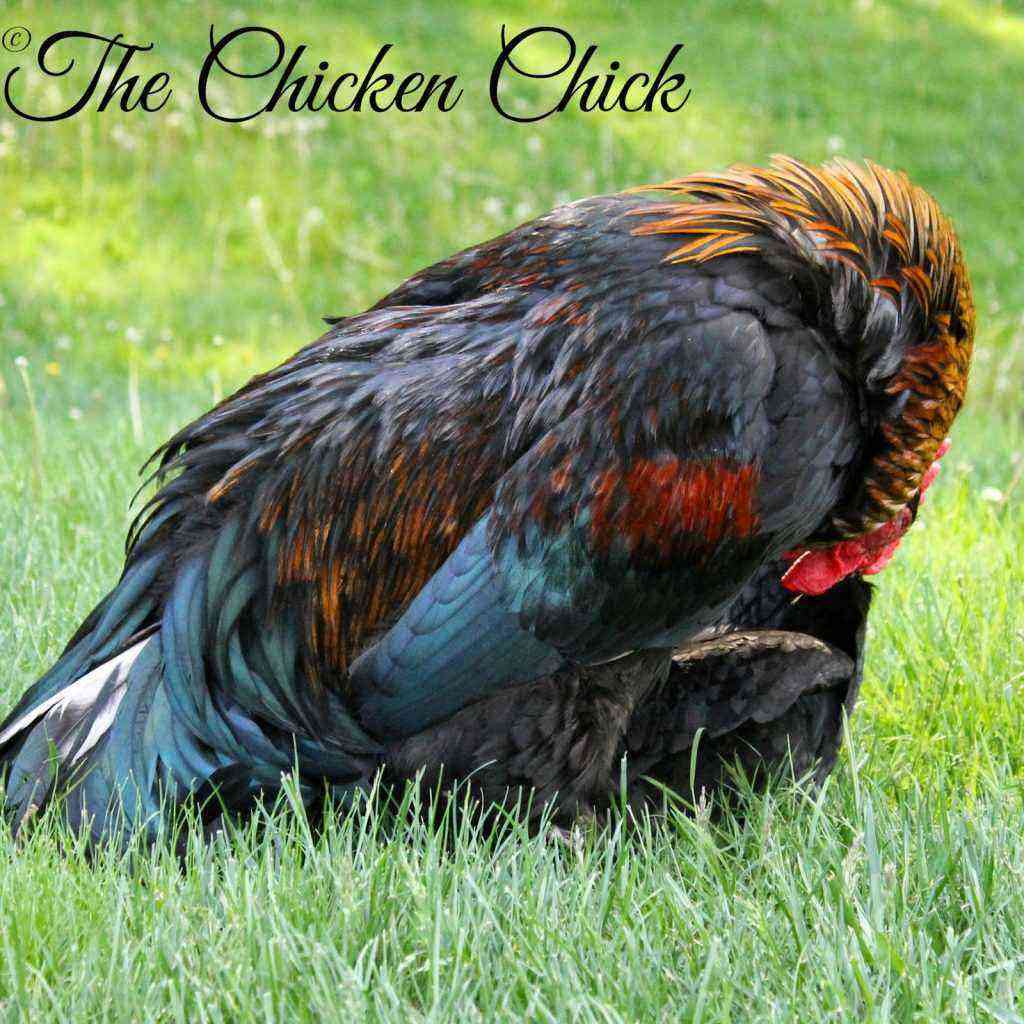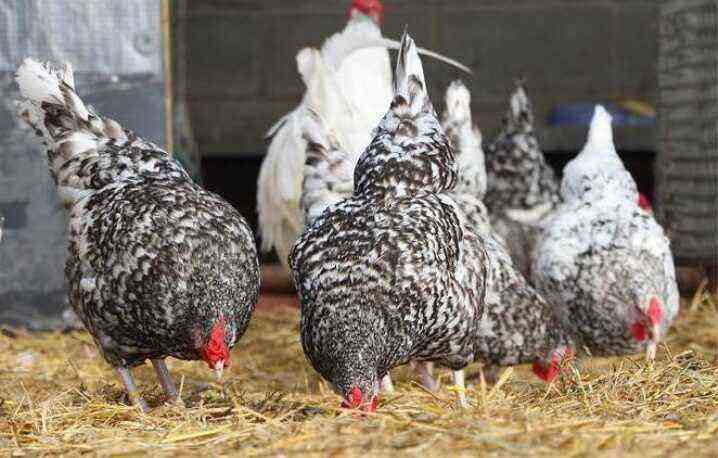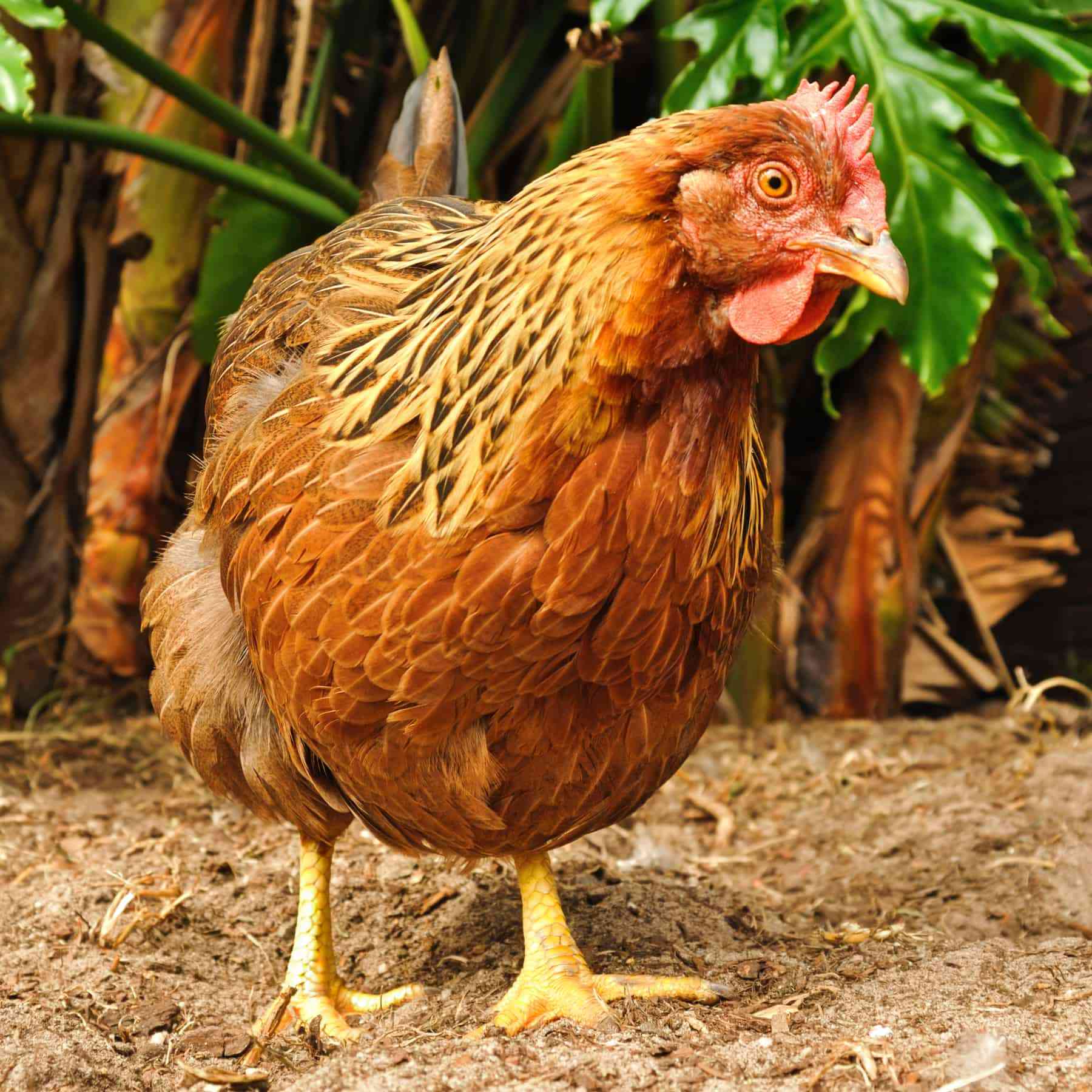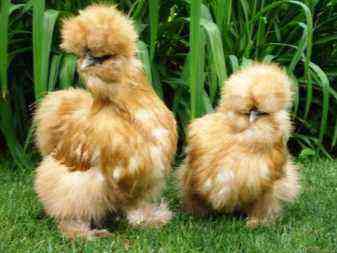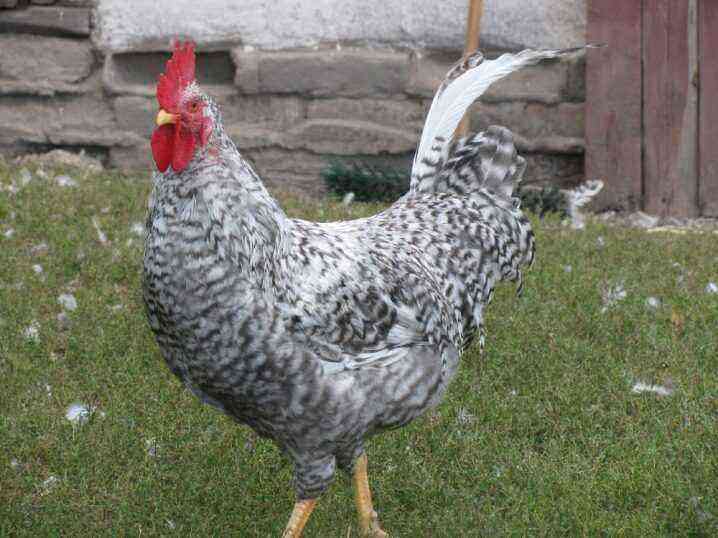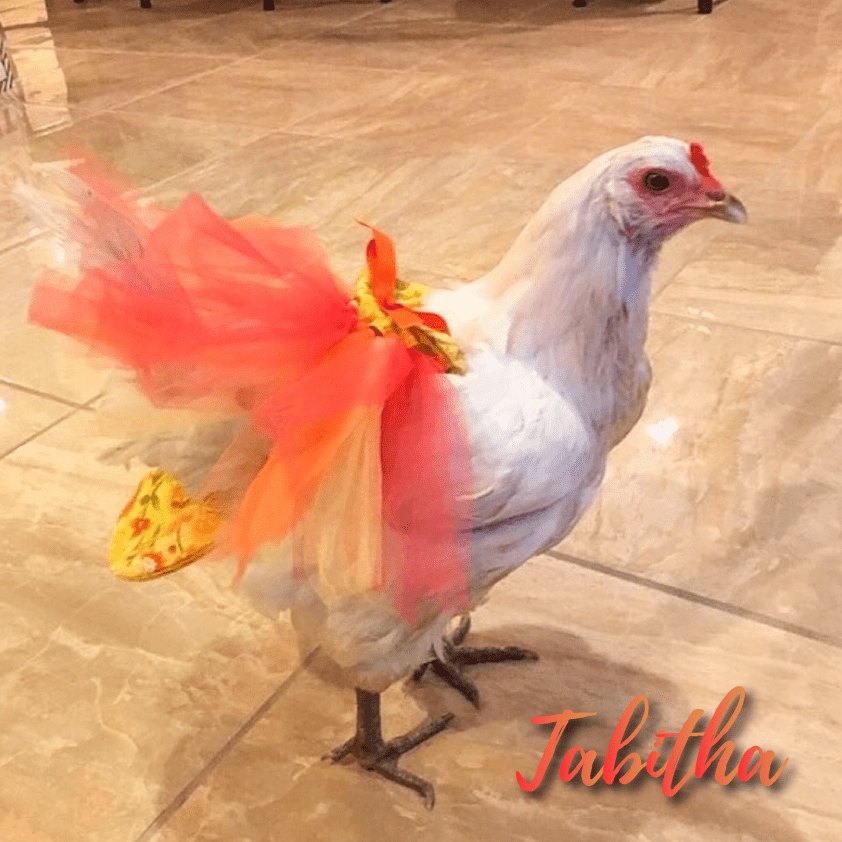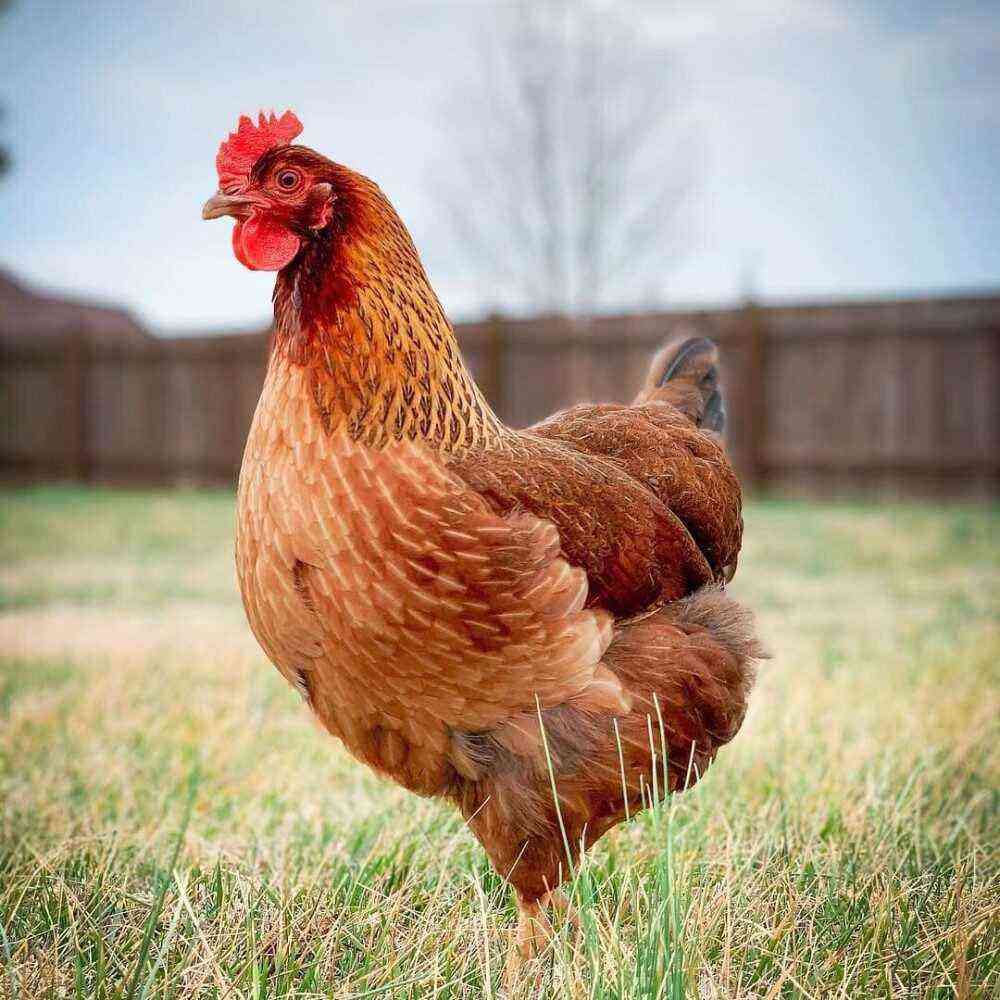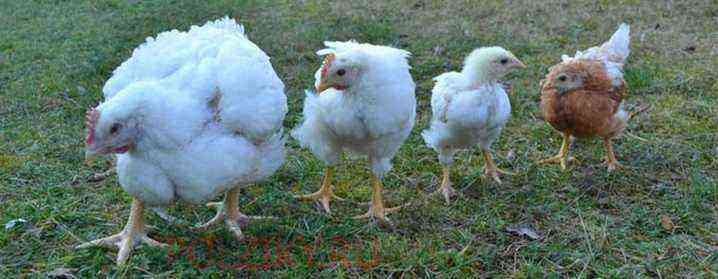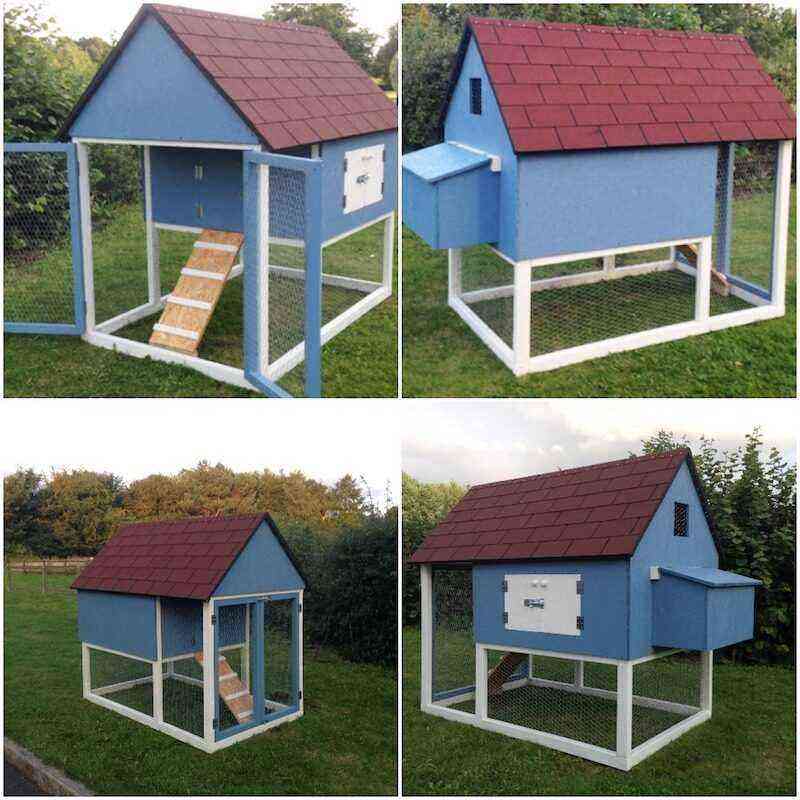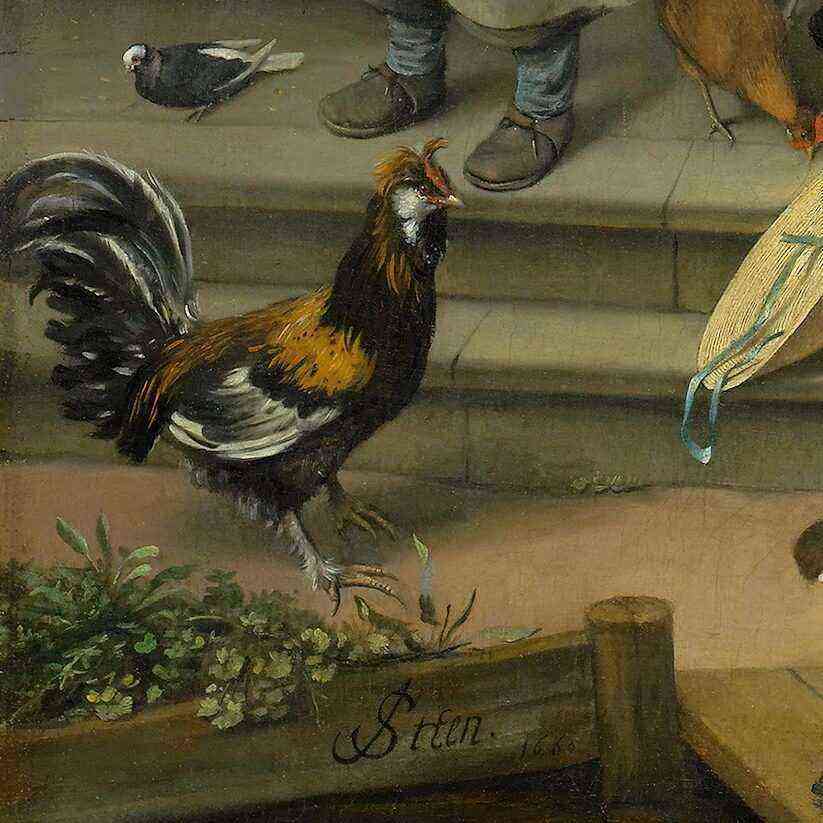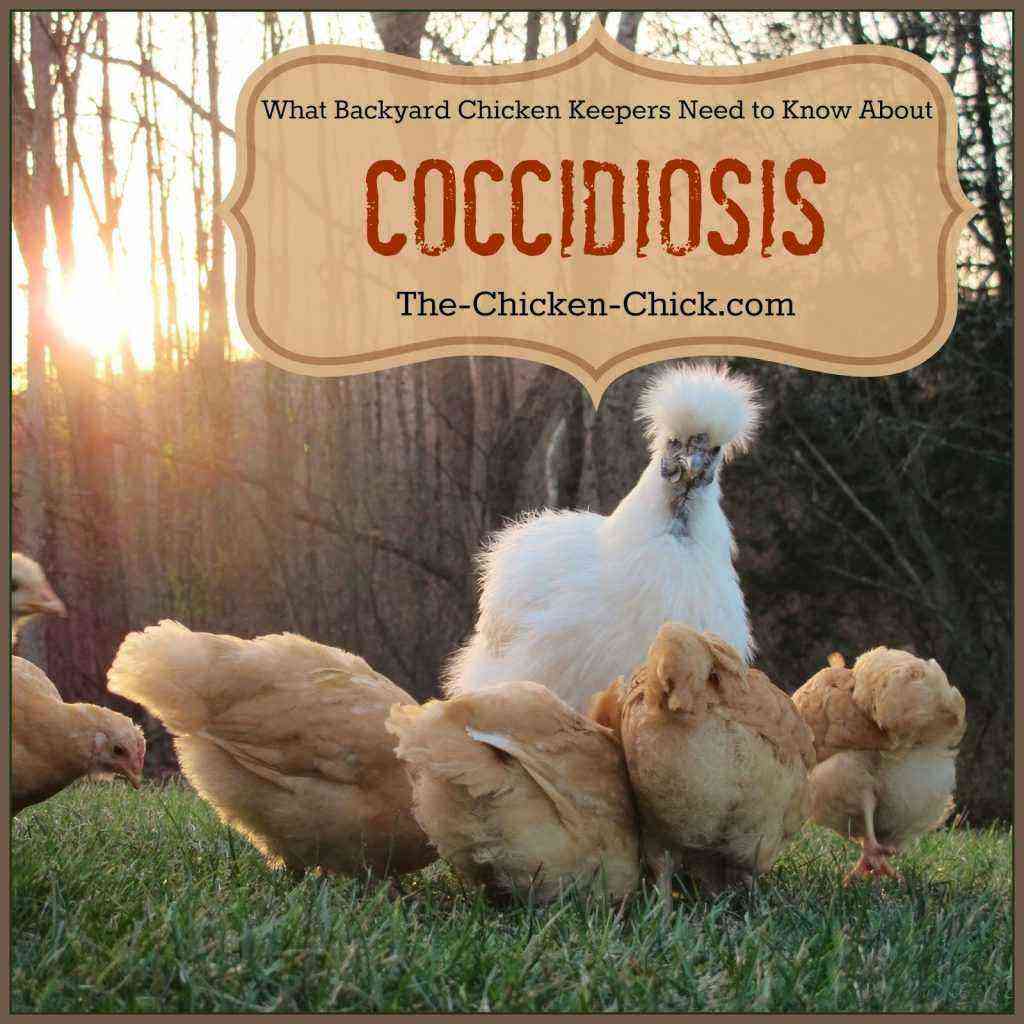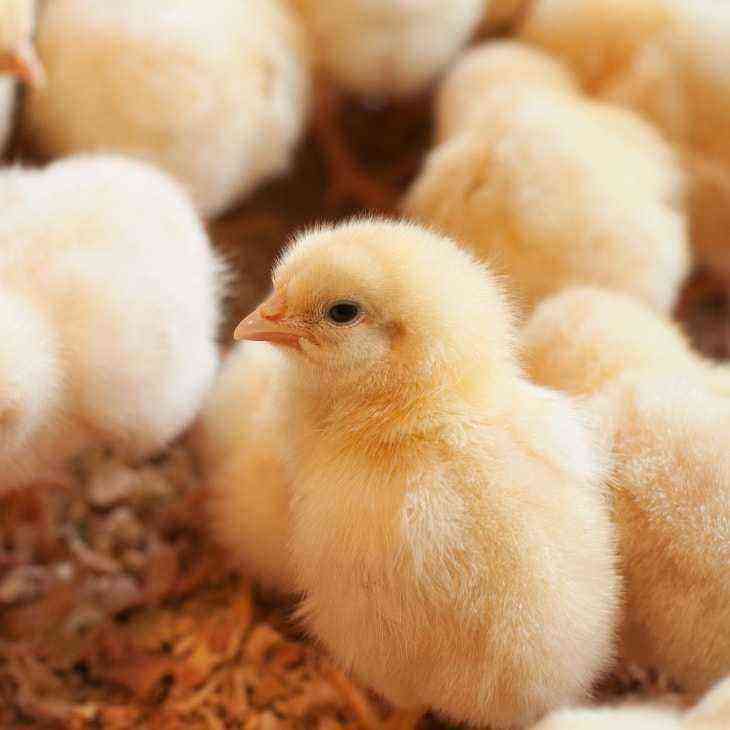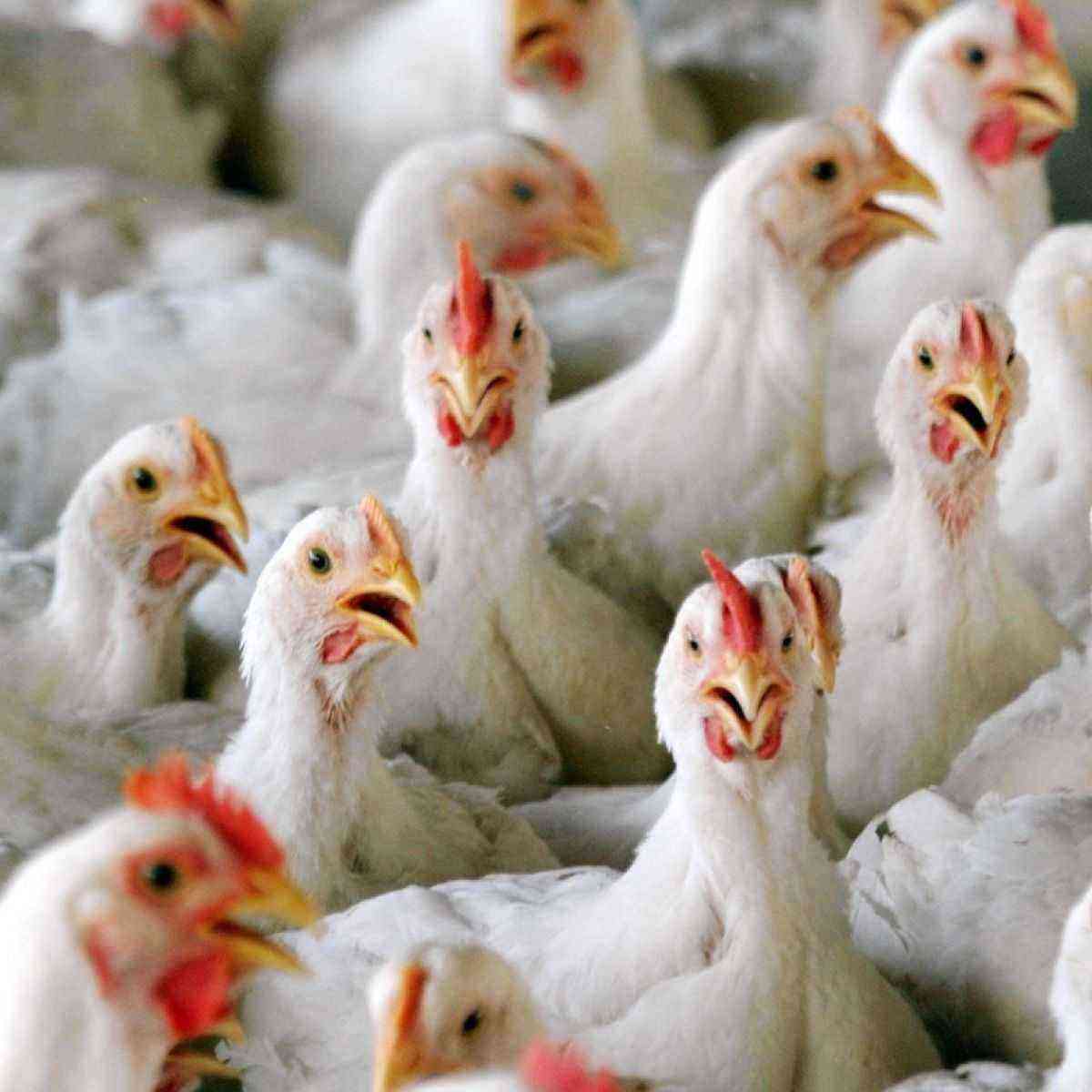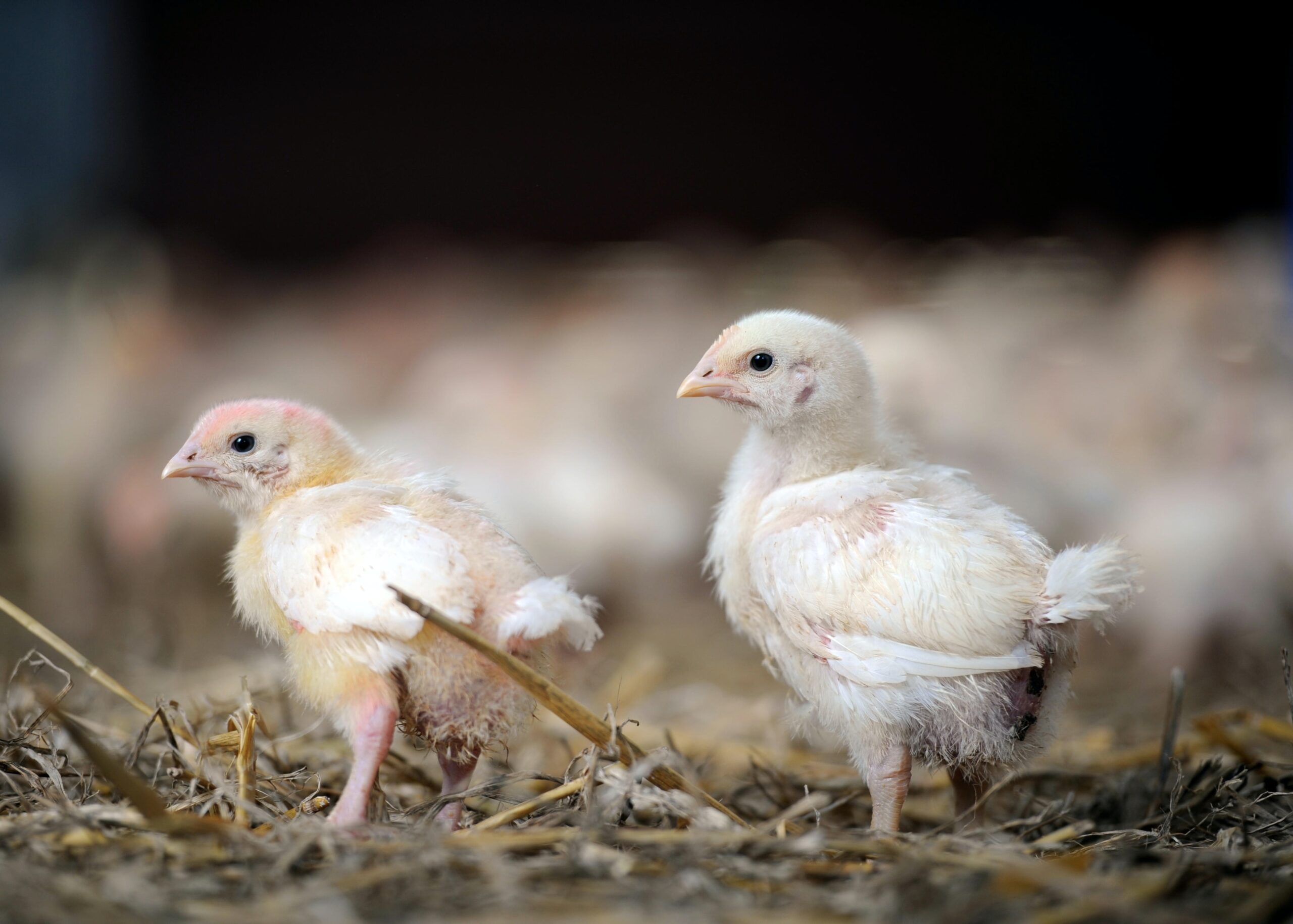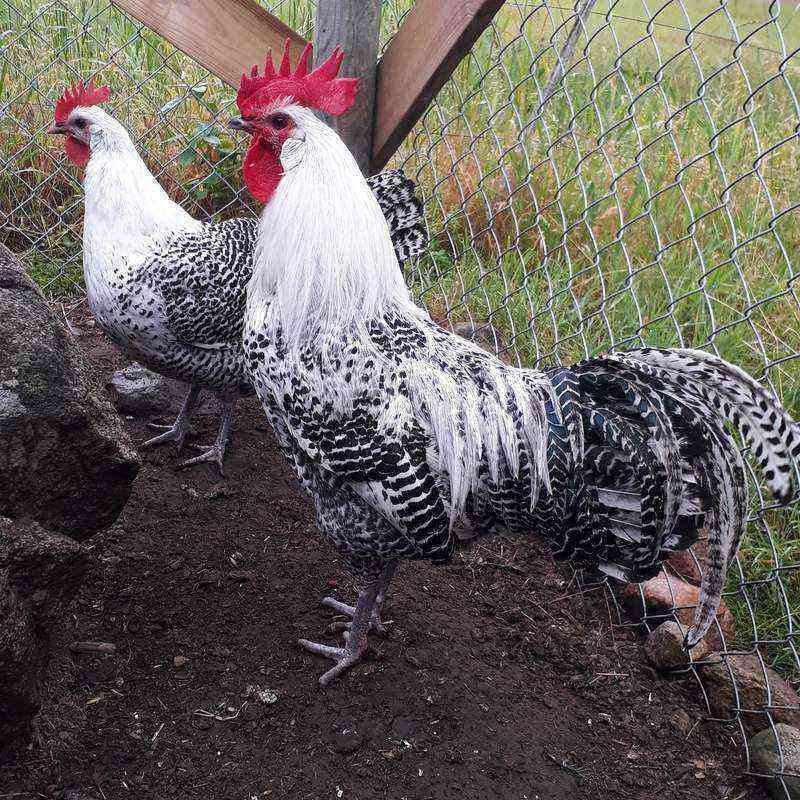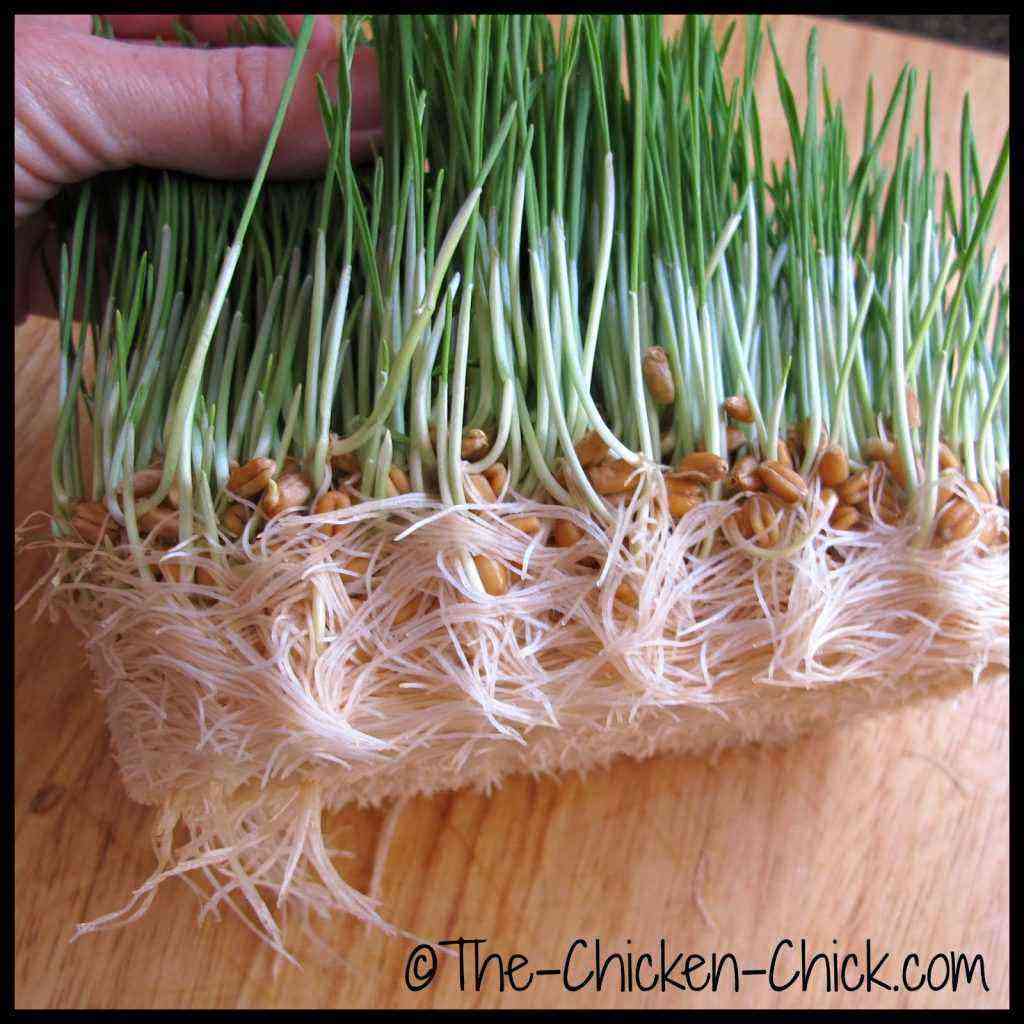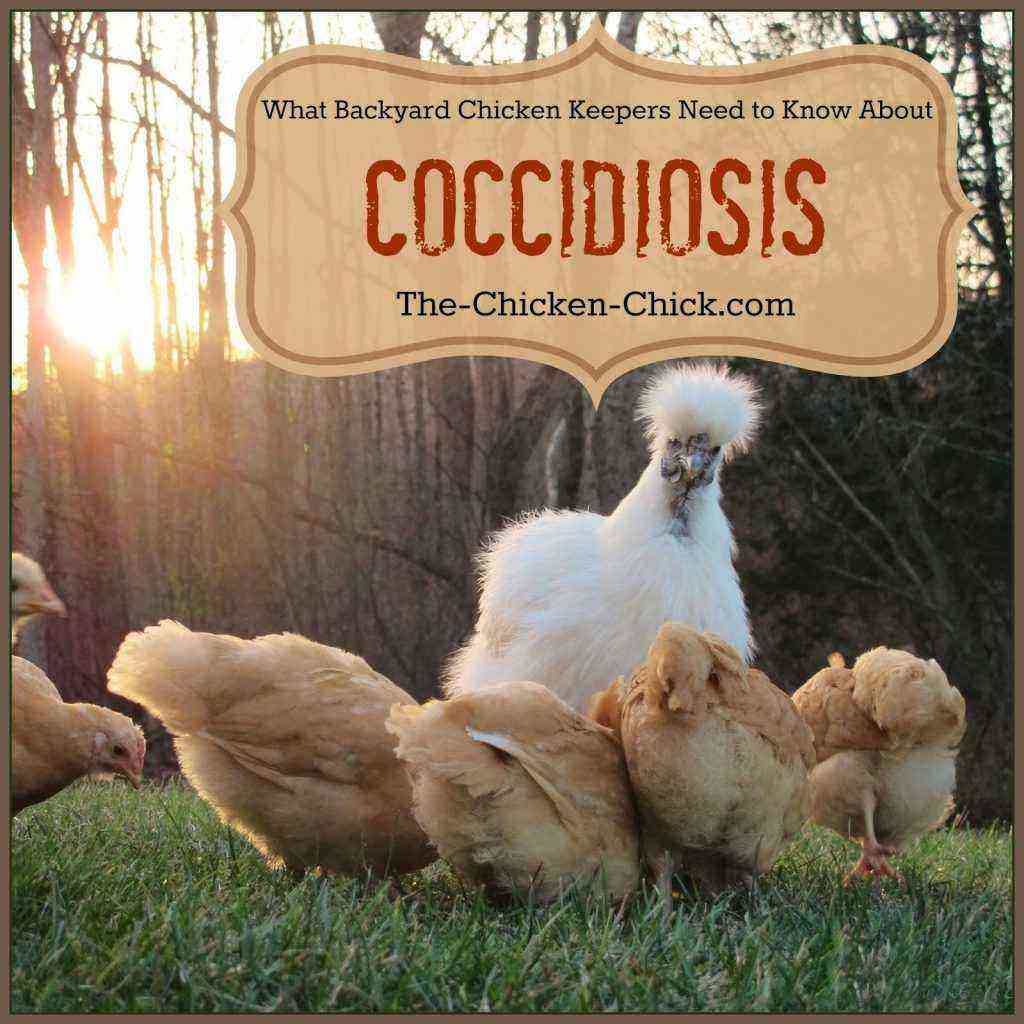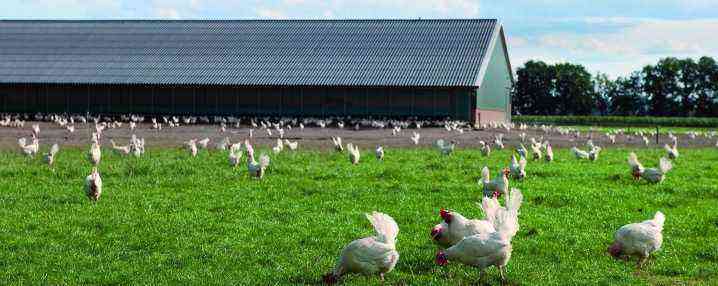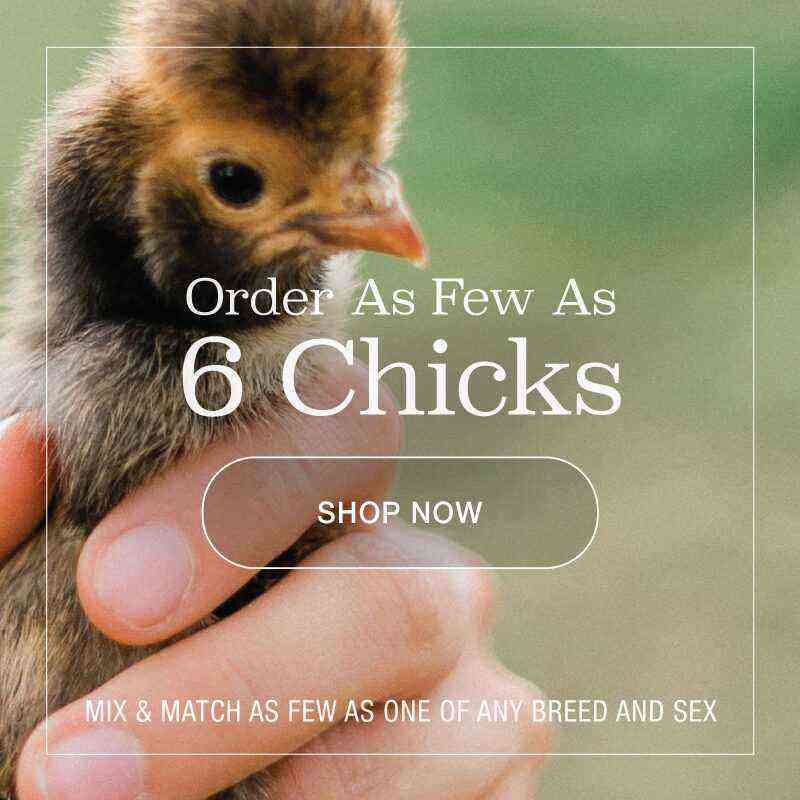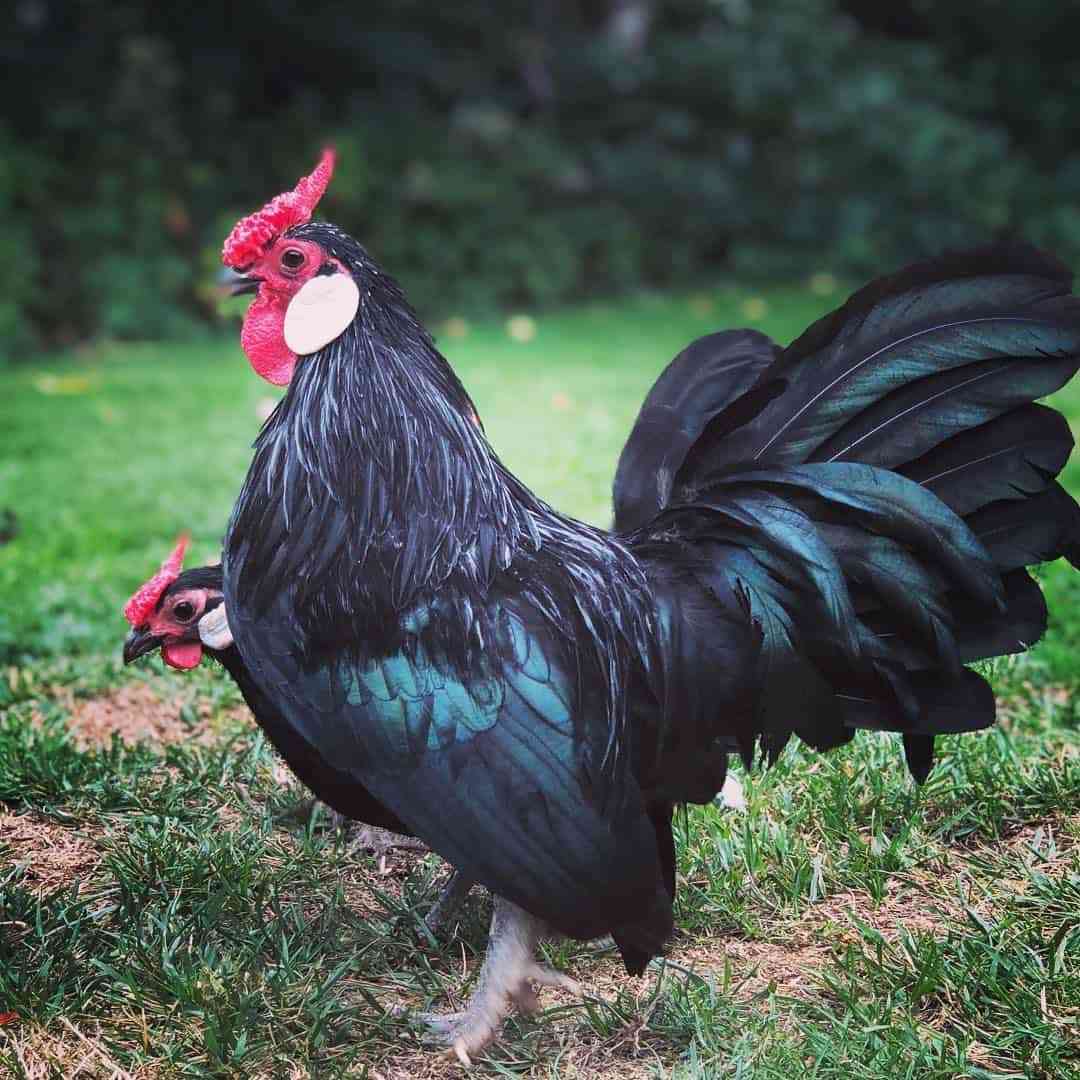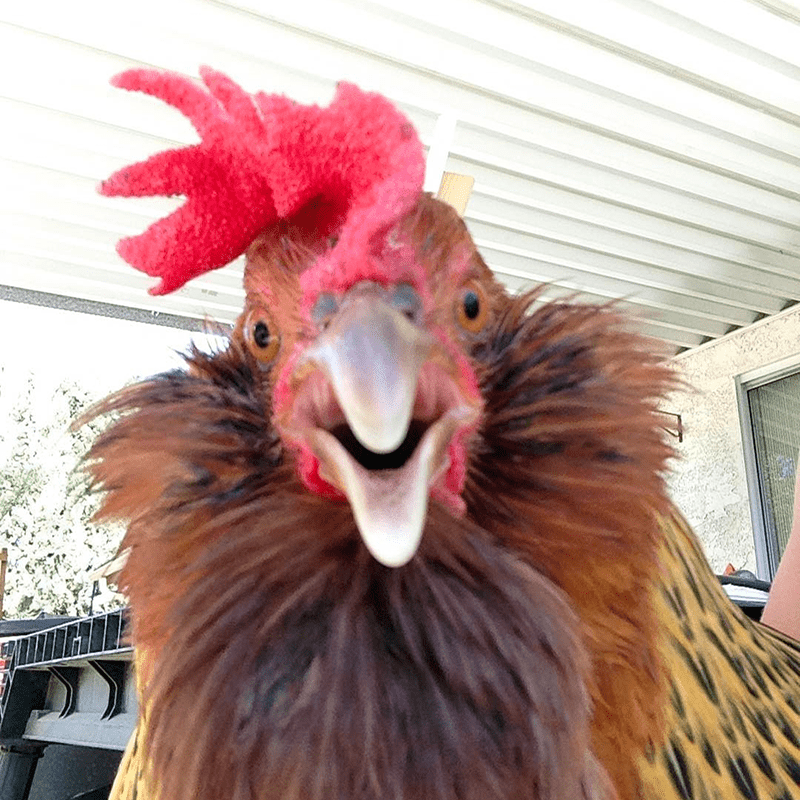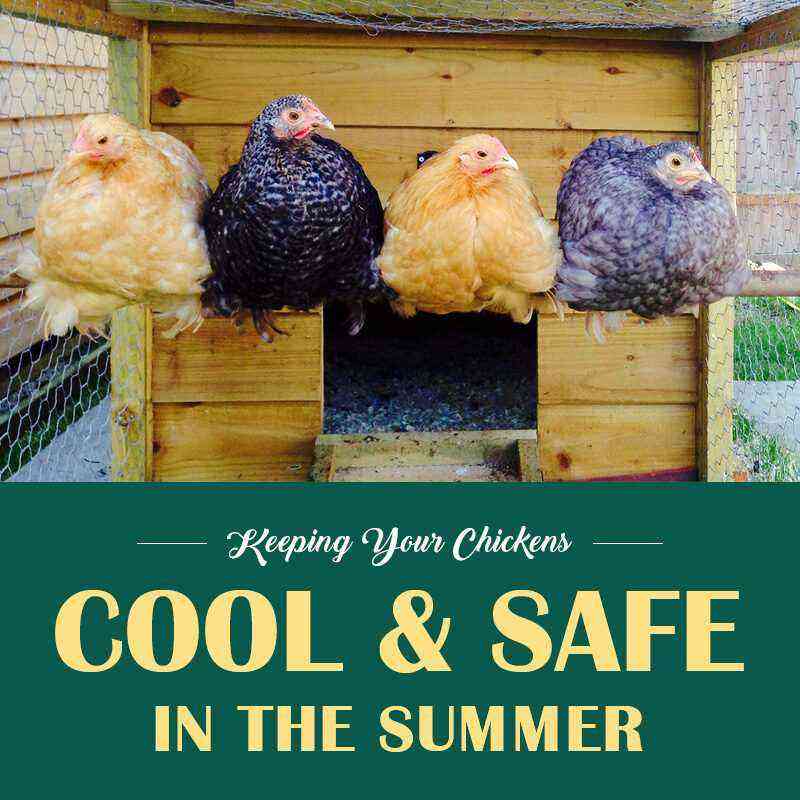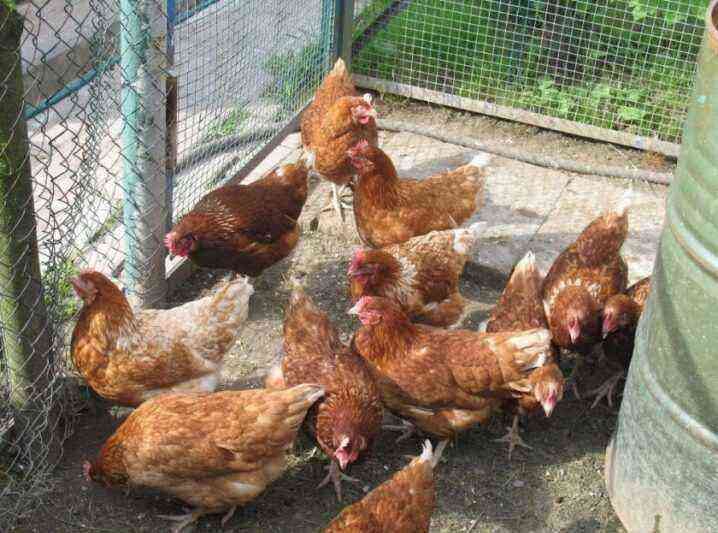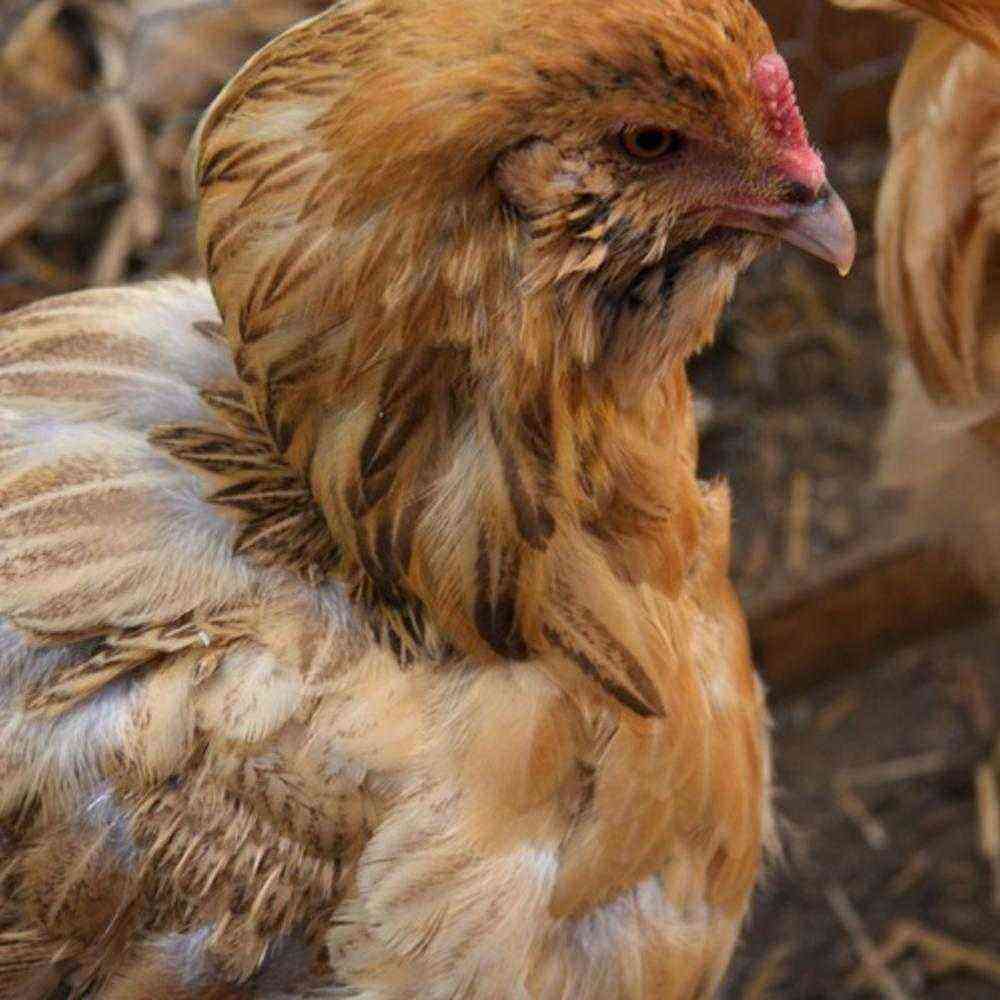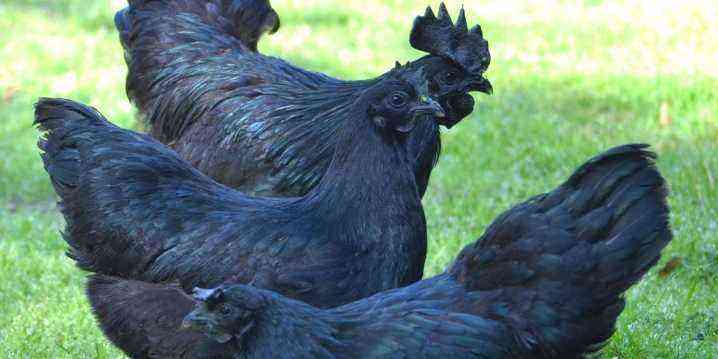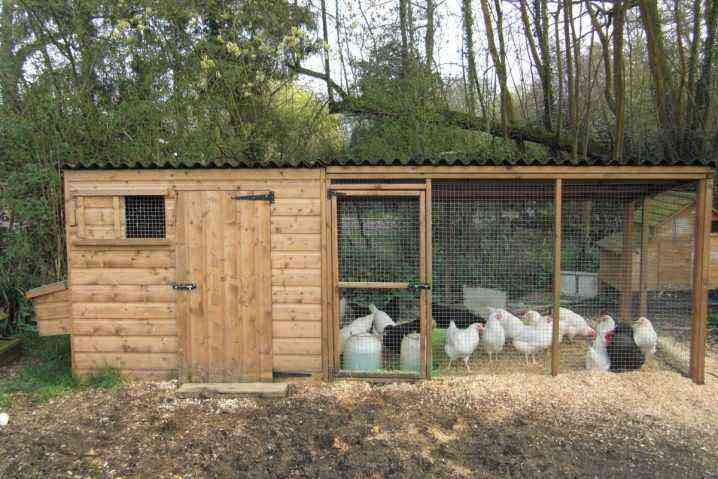Cuticulitis, as a rule, is observed in young chicks, whose age ranges from birth to one month. In older chickens and adults, this disease appears extremely rarely.
Cuticulitis is also called gastritis (dietary or alimentary). It is an ulcerative, necrotic destruction of the stomach lining and cuticle in the muscular stomach. Numerous microorganisms get there, which contribute to the development and growth of necrosis of the cuticle and muscle tissues of the stomach.
The disease occurs as a result of insufficient consumption of the “anti-inflammatory” factor of the muscular stomach (PFIG), which is also called a vitamin-like substance (VSL). This “product” is part of the nettle, clover, alfalfa and other herbs. Chickens receive it at the time of inception, when they begin to develop in the egg. It is transmitted to them from the chicken and contributes to the proper development of the embryo. If the laying hen does not eat ERW, the chance of being born with the disease increases dramatically in the chicks.
Small feathered pets with cuticulitis are different from healthy chickens. They have a pronounced weakness of the body, there is a depressed state, diarrhea opens, they eat poorly. Due to poor digestibility of food and exhaustion, chicks from the first days of life begin to lag behind in growth and development, and after a while most of the young die. A few days before death, chicks develop stiff neck muscles and ataxia, which are signs of a nervous system disorder.
Poultry farmers who want to protect their feathered pets from cuticulitis and minimize the risk of this disease should include clover, nettle, alfalfa, rutabaga and other products containing the gizzard factor in the diet of their layers and young animals.
